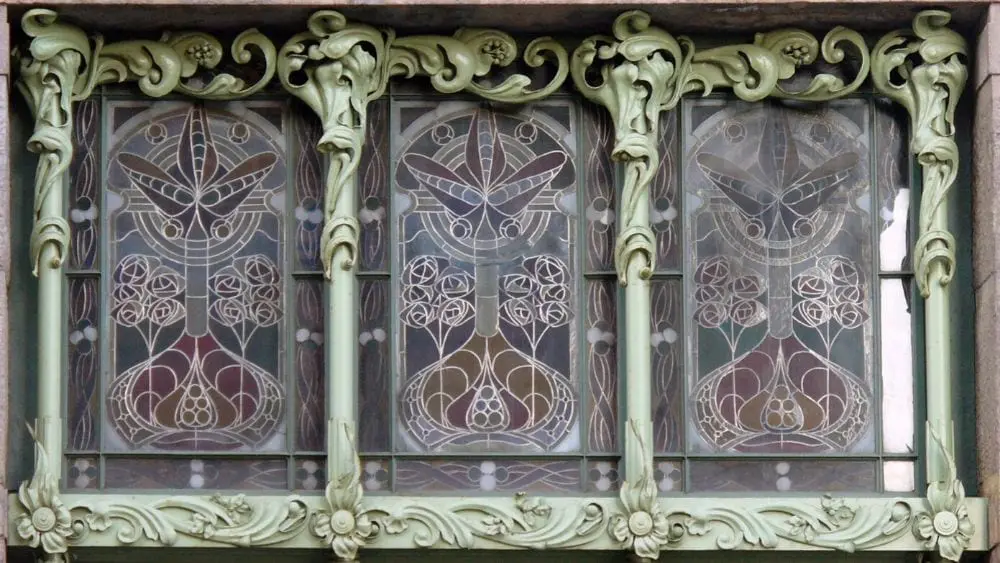
When thinking of the Art Deco style, think the Roaring ’20s. This style took off in the late 1920s to early ’30s and remained popular through the Great Depression due to the optimistic nature of the style and its simplicity. The style is suave and elegant with a forward mindset. Architectural characteristics focused on symmetry and geometrical shapes. Angular patterns and strong curves are apparent in both architecture and interior design.
Mood lighting is essential to the Art Deco style. Layered lighting with fixtures such as sconces direct light up or down to create a sultry and seductive glow. Shiny items and metals such as chrome and brass accent the sleekness of lacquered furniture, polished glass and metal accessories. Graphic patterns and sleek textiles make up most furniture designs and use materials such as vinyl, silk and satins. Patterns have geometric, rhythmic motifs and show a great amount of symmetry. While not the most common, animal prints can be used as well.
Color in Art Deco is most commonly black and white due to their classic, timeless nature, though bright colors such as peacock blues and regal purples are seen as well. A popular option is to use primarily black and white and apply a bright, contrasting accent color. Among the most popular accessories of the Art Deco style is the use of mirrors. Mirrored furniture and large ornate mirrors add to the glamor of the Art Deco style and react beautifully with mood lighting.
Distinguishing Elements:
- Strong Geometry: angular patterns, strong curves
- Heavy use of mirrors and mirrored furniture
- Iconic colors are black and white, though bright colors are used as contrasting accent color
- Sleek Surfaces: Lacquered wood, polished metal, glass and metal pieces
- Graphic patterns and sleek textiles in silk, vinyl, satin, etc.
 Home Upgrades That Are Totally Worth It
Home Upgrades That Are Totally Worth It